Service hotline
+86 0755-23615795
Release date:2025-07-21Author source:KinghelmViews:13
In outdoor communication equipment, fiberglass antennas are widely used for their excellent weather resistance and stable signal performance. However, during thunderstorms, users often worry about their lightning protection capabilities — can fiberglass antennas really withstand lightning strikes? This article analyzes the lightning protection characteristics of fiberglass antennas from structural principles, lightning protection design, and real-world cases, and also offers practical measures to help keep equipment safe in harsh weather.
1. The Structure of Fiberglass Antennas and Its Relationship to Lightning Protection
Fiberglass antennas consist of a fiberglass shell and internal metal radiating elements. Fiberglass itself is an insulating composite material (glass fiber + resin) and does not conduct electricity, so it won’t directly attract lightning. However, the internal metal radiators (typically made of copper or aluminum) are conductive and could become lightning targets when exposed to strong electric fields.
This “externally insulated, internally conductive” structure means fiberglass antennas do not have active lightning protection, but the insulating shell can somewhat reduce the impact of induced lightning. Compared to fully metallic antennas (such as Yagi antennas), fiberglass antennas have a slightly lower chance of direct lightning strikes but still require external lightning protection systems to compensate for their structural limitations.
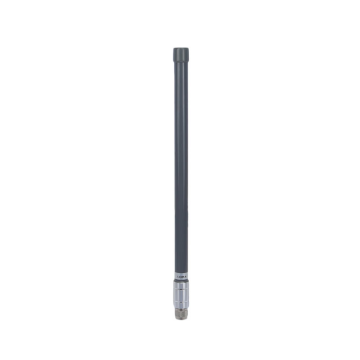
(1) High-Risk Scenarios
1. Open outdoor areas: Antennas installed on mountaintops, rooftops, or open fields without taller structures nearby can become the highest point during storms, increasing the chance of direct strikes.
2. Long-distance communication setups: Fiberglass antennas used for wireless bridges or base stations are often mounted high to improve coverage, which reduces the vertical distance from thunderstorms and raises the risk of induced lightning strikes.
(2) Consequences of Lightning Strikes
1. Equipment damage: The high voltage and current from lightning can pass through the antenna into the equipment, potentially burning out RF chips and circuit boards, leading to communication outages.
2. Safety hazards: Improperly protected antennas can spark fires or cause electric shocks when struck, endangering nearby personnel.
(1) Installing External Lightning Protection Devices
1. Lightning rods and grounding systems: Install a lightning rod 0.5 meters or more above the antenna and positioned 1.5–3 meters away. Connect it to a grounding grid (ground resistance ≤4Ω) to safely discharge lightning to the ground. For example, a rooftop fiberglass antenna can be paired with a 3-meter lightning rod to lower the risk of direct strikes.
2. Surge protectors (lightning arresters): Add an RF surge protector between the antenna and equipment. When lightning-induced overvoltage travels through the antenna, the protector quickly conducts and diverts excess current to the ground, shielding the equipment. Choose surge protectors matched to the antenna frequency band (e.g., 2.4GHz or 5.8GHz models) to avoid signal loss.
(2) Lightning Protection in Antenna Installation and Cabling
1. Proper location selection: Prefer locations with taller buildings or trees nearby to act as natural shields. If installation at height is unavoidable, strengthen lightning rods and grounding systems.
2. Shielded cabling: Use coaxial cables with grounded shielding layers to reduce the impact of induced lightning. Keep antenna cables away from power lines to minimize electromagnetic coupling of lightning surges.
(3) Regular Maintenance and Inspection
1. Ground system testing: Measure ground resistance every quarter to ensure it stays ≤4Ω; replace or reinforce grounding parts if corroded or loose.
2. Surge protector checks: Test parameters such as conduction voltage and leakage current annually. Replace protectors that show aging or damage to prevent failure.
(1) Lessons from lacking protection
A 5.8GHz directional fiberglass antenna at a mountain base station had no lightning rod or surge protector installed. During a thunderstorm, it was directly struck, destroying the main equipment, costing over ten thousand yuan in repairs, and causing a 3-day communication outage.
(2) Results after proper lightning protection
At a nearby base station in the same area, the fiberglass antenna had a lightning rod, RF surge protector, and properly tested grounding system. During a similar storm, the surge protector activated three times, successfully diverting overvoltage to the ground, and the equipment remained undamaged with normal operation.
1. “Fiberglass is insulating, so no need for lightning protection.” — Incorrect. The internal metal radiators are conductive and can still attract lightning, so external protection is essential.
2. “Installing a lightning rod alone is enough.” — Incorrect. Lightning rods must work together with a grounding system and surge protectors; alone they can’t fully protect against induced lightning.
3. “Low-gain antennas don’t need lightning protection.” — Incorrect. Regardless of gain, antennas in high-risk environments require comprehensive lightning protection.
Fiberglass antennas themselves do not provide lightning protection, but by combining them with scientifically designed external systems (lightning rods, surge protectors, and grounding), the risk of lightning damage can be significantly reduced. When installing and using these antennas, choose locations wisely (avoiding exposed high spots when possible), implement proper lightning protection, and maintain and inspect these systems regularly to ensure reliable operation even in harsh weather.

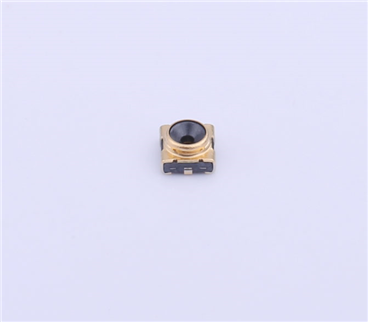
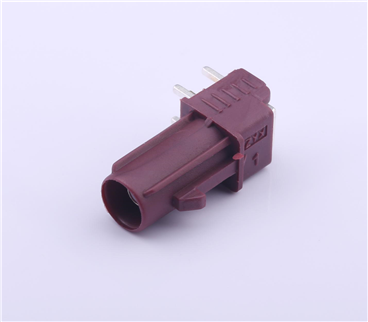
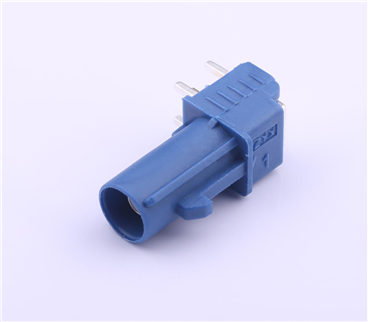
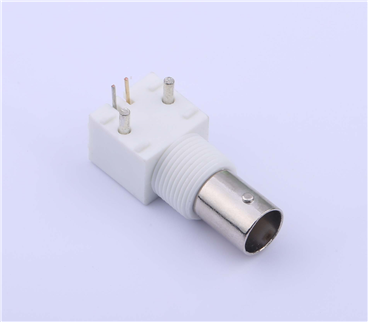
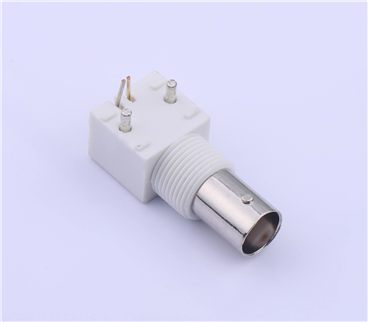
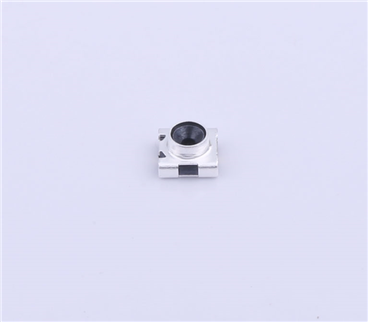

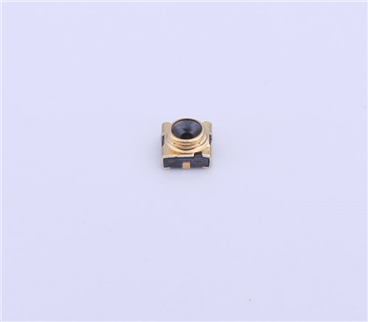
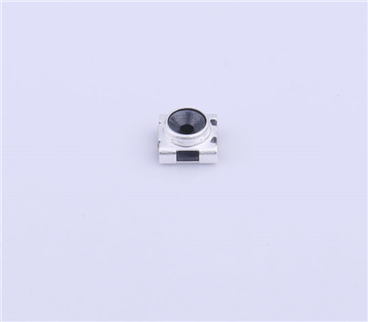
Copyright © Shenzhen Kinghelm Electronics Co., Ltd. all rights reservedYue ICP Bei No. 17113853